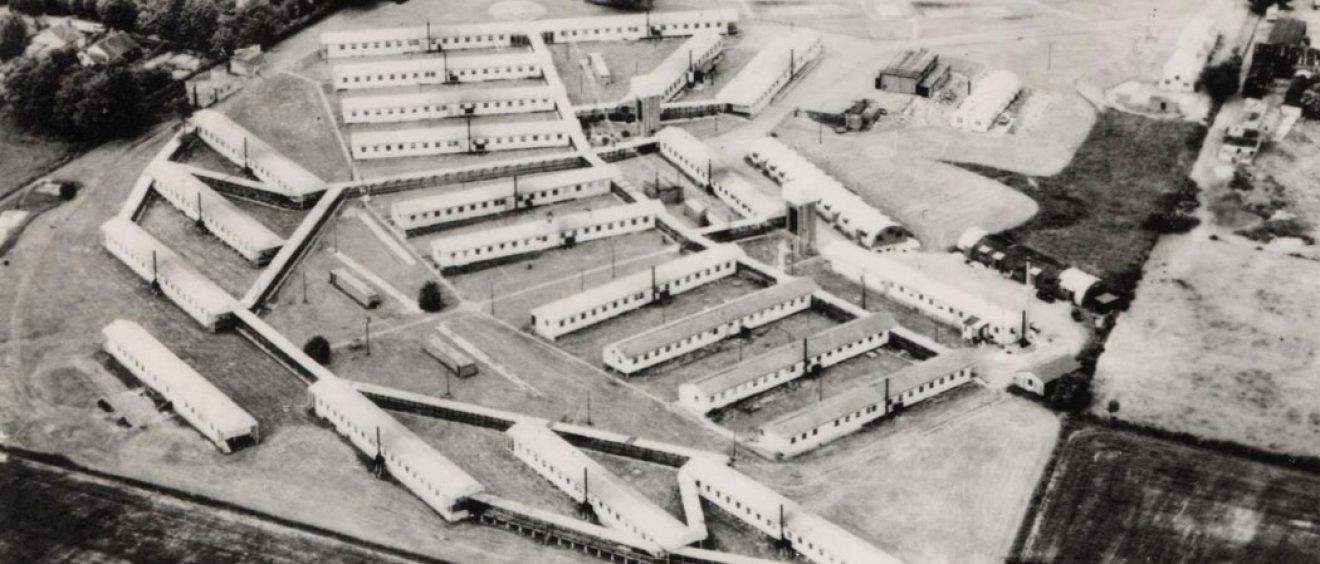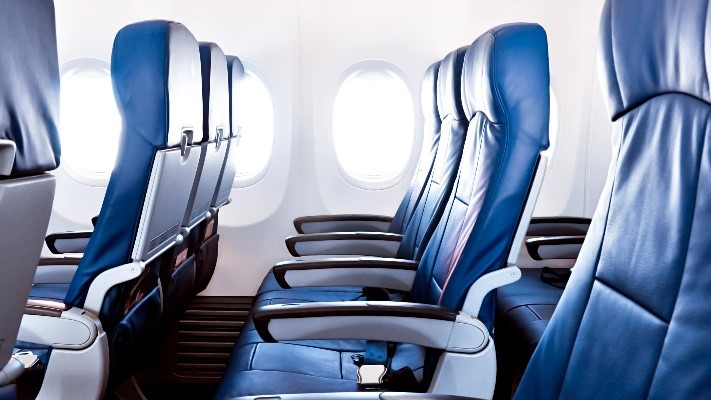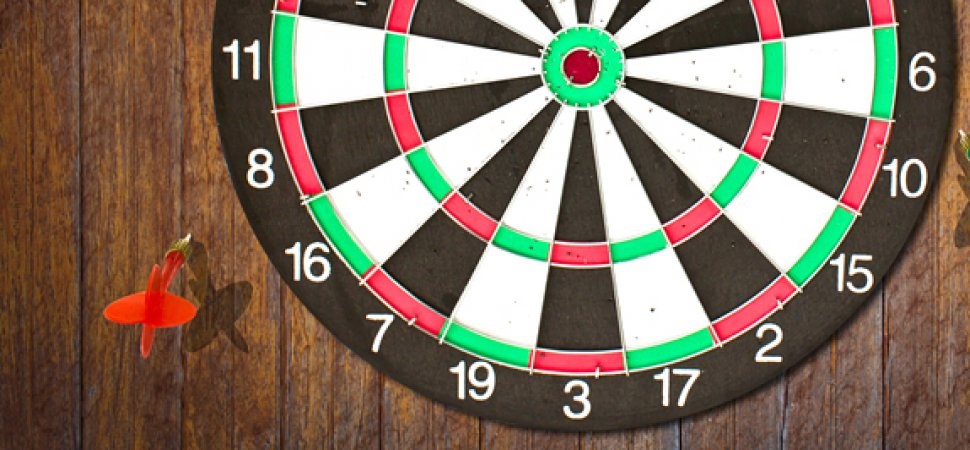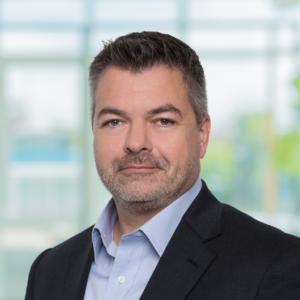I wonder if you’ve thought about why we are being advised to stay two meters (or six feet) away from other people to avoid Coronavirus transmission? That number used to be half the distance by the way, only changing fairly recently. To understand it, we have to go back to post-World War II England, and to a hospital not terribly far south of Stonehenge.

Harvard Hospital was for decades the center for research into the common cold, and for most of that time people (usually couples) could go on an all-expenses paid holiday to the beautiful downs near Salisbury, with the only catch being that some of them would be deliberately infected with a cold. These thrifty but sniffly vacationers would then be allowed to mingle socially together and were monitored to understand better how the common cold spreads.
What we learned in studies like these was that airborne pathogens die quickly when they become an aerosol, and a safe distance was determined at about one meter (three feet). For years that was the guidance we were given, and then came along SARS which was spread far and wide not by vacationing hikers, but by air travel.

Air travel is a tidy way to study epidemiology since humans sit in well-defined grids: if a passenger is infected then you know the distance of the surrounding passengers simply from their seat numbers.
SARS, which you will recall is very similar to the current virus, was determined to infect people as many as two rows in front of and behind an infected passenger.
How far is “two rows”? Two meters.
Fast forward to today and social-distancing guidance advises us to stay two meters away from other people. Humans are pretty good at judging that distance – it’s about the height of a tall person, the length of a llama, and the widest puddle I’ll venture to jump across. That number becomes critically important when moving beyond social-distancing to contact-tracing however.
Contact tracing is the complex process of backtracking in time to find out who an infected individual may have come into contact with and subsequently transmitted the virus to. If we can do this with a high degree of confidence, then we can accurately predict who is at risk and target limited testing resources. This kind of pinpoint screening is one of the keys to getting back to work.
Technology can track people while they are in high-risk situations and build up a historical record of where they have been. If you could do that for everyone in a factory, for example, if a single person became ill you could quickly go back and identify who should be tested.
Simple then: you track people, determine who came within two meters in the last couple of weeks and there’s your list. Of course, then you have to go back to the people THOSE people came into contact with, and then the third order contacts, then the fourth…. Such is the way of exponentially exploding contact tracing: it’s compound interest writ large.
With any exponentially growing system, the final result is very sensitive to the underlying data: in this case the confidence we have in our two-meter measurements. Imagine a location technology which made mistakes, one in which the position of a person might be measured incorrectly by as much as 50%. Now the two-meter circle looks more like three meters, and that circle has over twice the area, meaning it could encompass over twice the people.
Here is the crux of the problem in an exponentially growing system: if at every step you are mistakenly predicting twice the number of infections, then the answer quickly ramps up to “everyone is sick.” That kind of prediction is of no use at all when the goal is to intelligently allocate limited testing resources.
A location system which can be wrong by up to 50% might sound alarmist, but it is in fact fairly conservative when considering industrial environments. Very large facilities filled with metal machinery and equipment are the worst of all places for wireless tracking systems. In these environments many technologies struggle to achieve accuracy better than three to five times their stated nominal-performance. It’s not unusual to see a system promising one-meter accuracy to regularly deliver results that are five meters or more in error.

This is nothing new, but in the immortal words of Martin Lawrence in that seminal movie, Bad Boys 2: **** just got real. This isn’t about asset tracking any more, it’s about people’s health balanced with their ability to get back to work to provide for their families.
We’re past the time of marketing messages and unachievable claims – it’s time for an honest discussion about the performance of location systems in the real world.
At Ubisense we are receiving a constant flow of enquiries asking if we can help with this very problem, and before responding we considered carefully our real-world performance in industrial environments. In this we are more fortunate than others since we have over a decade of global deployments providing analysis data. That data proves that we have the right technology for the job, and we are working very hard to respond to people’s requests with a simple to install solution.
Here’s the bottom line: if we didn’t have a sensor technology designed from the physics-up for high-fidelity performance in industrial environments, if we didn’t have millions of hours of operational run-time under our belts, if we weren’t the leading choice for people-tracking in the exacting discipline of military training, we wouldn’t be offering the solution that we are.
And neither should anybody else.

Written by Adrian Jennings, Chief Product Advocate at Ubisense
Adrian Jennings serves as Chief Product Advocate for Ubisense. In this role he acts as a spokesperson, accelerating development and adoption of Ubisense’s SmartSpace platform by working with all stakeholders from initial vision through successful use. He brings the vision of the product to the market, helping evangelise this new category of spatial digitisation platform, and brings the vision of the market to the product, helping Ubisense align around a common goal.
Prior to joining Ubisense Jennings was CTO of Time Domain, a location technology provider for both civilian and military use. He is a recovering rocket scientist, and as designated UK intelligence expert spent three years as a missile consultant with the US Department of Defence. He received a master’s degree in physics from Oxford University and now finds himself bemusedly working for a Cambridge company.
